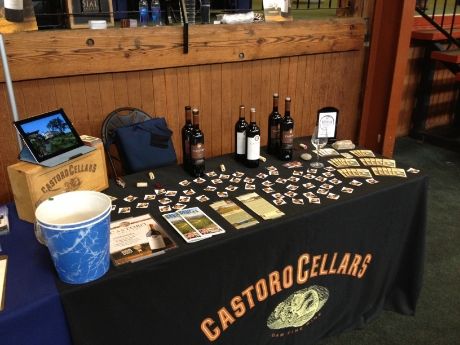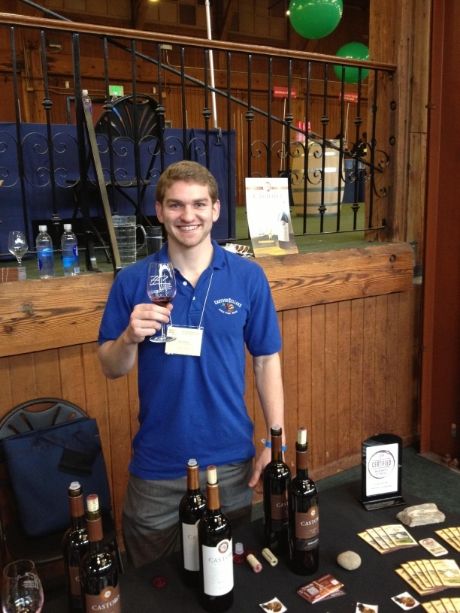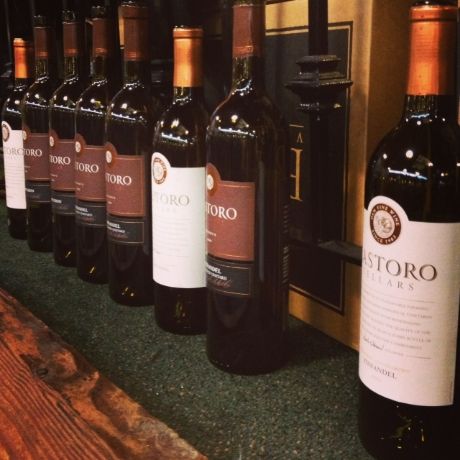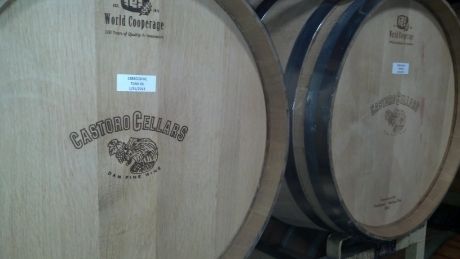Syrah, Paso Wine of the Month!
Many of you have probably seen the Paso Wine Man videos (if you haven’t look them up) with their over top and very entertaining twist on wine marketing. The latest series of videos feature a wine of the month and this month’s wine is Syrah! I’m so glad they chose to focus on Syrah this month because the wine has been on my mind quite a lot as of late.
To me, Paso Syrah is a no brainer, it’s almost as if the region and the grape were meant to be. The problem is that the general public is largely unaware of the magnificence of this grape. Believe it or not but Syrah is one of the lowest selling red wines in California and this blows my mind. As I’ve mentioned before, I spend a lot of time traveling our beautiful state tasting our wines with anyone who will give me a minute and I can’t believe how hesitant people often are to even try the Syrah. After a bit of smooth talking I almost always convince them to give it a try and once they do the rest is history.
This is a full-bodied wine full of complex flavors and aromas with a rich smoky oak characteristic that is to die for. Once people try it 9 times out of 10 they are shocked and they love it. The color is deep purple, it’s a great food wine, and I could go on and on. The bottom line is this wine deserves to be featured as wine of the month because people need to be encouraged to give it a shot. All it takes is a taste and you’ll instantly know how special Paso Syrah is!
Luckily, for me, we make multiple Syrahs at Castoro and all have their unique qualities and all are delicious. Our Blind Faith Syrah hails from the east side of Paso and has year after year won Golds, Double Golds and Best of Class awards. We also have our new East Meets West Syrah blend, which blends Syrah grapes from the East and West sides of the Paso appellation. East Meets West is a fun wine and a great introduction to the world of Syrah.
Alas, I will rest my case. If you’re feeling adventurous give Syrah a try, you have my word you will not be disappointed, unless of course you are the 1 out of 10.
(check the link below for the Paso Wine Man Video)
Till Next Time,
Cheers,
Luke








